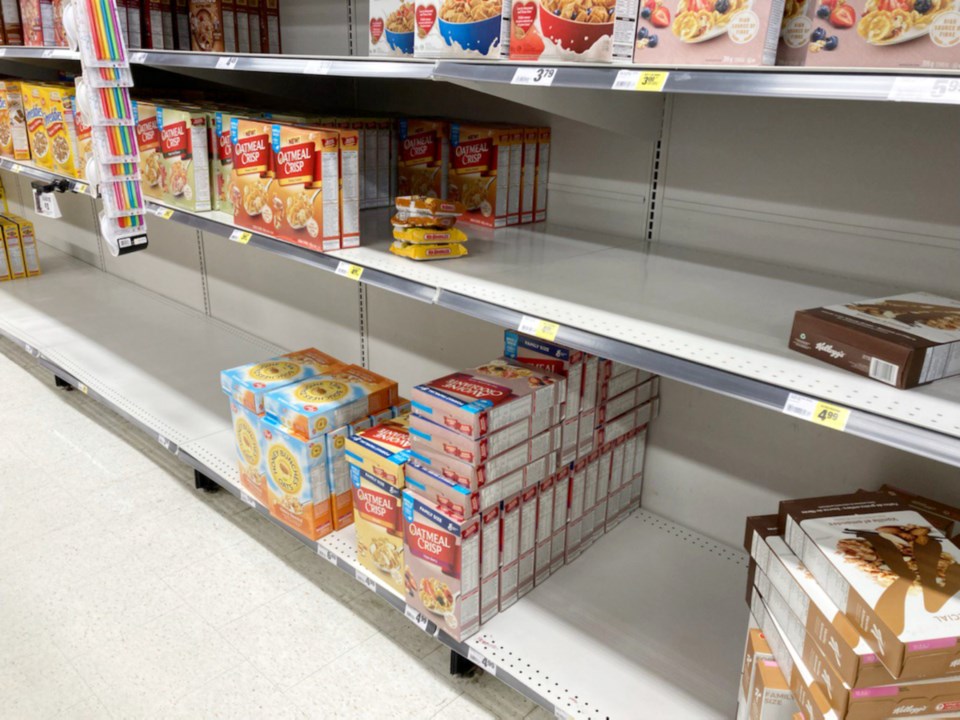Cathy Dobson
More and more people are feeling the impact of sharply rising food prices, says the manager of the St. Vincent de Paul food bank.
“We’ve got more seniors, more families, more people who work, coming to us for help,” Sue Platt said.
At the Davis Street shop, demand has doubled since October, and even people laid off from high-paying work in the Chemical Valley are seeking help.
“They’re telling us that their projects were cancelled or postponed because of COVID and they can’t cover their bills,” said Platt. “They are used to paying a big mortgage, a car payment and all the rest of it and now they can’t make ends meet. It’s really sad.”
The cost of groceries soared 5.7% in January, contributing to the fastest rise in the cost of living in 30 years, according to Statistics Canada.
“Everything is going up in price, but people who are on Ontario Works got a $5 raise,” she said. “That’s just wrong.”
Dairy products are up 6.8% from a year ago, vegetables and baked items 5% to 7%, and fruit 3% to 5%, according to a recent Food Prices Report prepared by researchers at the University of Dalhousie, University of Guelph, University of Saskatchewan and the University of B.C.
For those who can, dining out is 6% to 8% more expensive.
Experts blame a range of challenges, including rising commodity prices, increases in worker salaries, transportation costs, pandemic-related supply chain disruptions, and the impact of fires and floods caused by climate change.
It’s a perfect storm, said Myles Vanni, executive director at The Inn of the Good Shepherd, Sarnia’s largest food bank.
“Folks who are employed have lost a lot of income through COVID,” he said. “And if you are a person on assistance, there’s been no real increase since 2018. How do you make that stretch with the rising cost of living?”
Before the pandemic, the Inn generally spent $3,000 to $5,000 a month buying for the food bank, Vanni said.
“We’re now spending $30,000 a month. Donations are down and food is costing more,” he said.
The Inn’s food bank serves an average 1,850 people a month.
Vanni said rising prices are impacting donations, because families that normally donate food are having trouble covering their own expenses this winter.
Finding affordable housing already made things hard, said Platt. “I don’t think some people could survive without going to all three food banks in Sarnia.”
Each of Sarnia’s three food banks needs donations and each has its own rules for client access.
* Inn of the Good Shepherd food bank: Every 3 weeks. Open Mon-Fri 9:30 a.m. – 11:15 a.m. Grocery store model. 115 John St. Visit www.theinnsarnia.ca for details.
* St. Vincent de Paul food bank: Every 4 weeks. Open Fridays. Call 519-337-1058 for an appointment. 228 Davis St. Visit www.ssvpsarnialambton.ca for details.
* Salvation Army food bank: Call 519-344-1142 for an appointment. 970 Confederation St. www.salvationarmy.ca for details.
